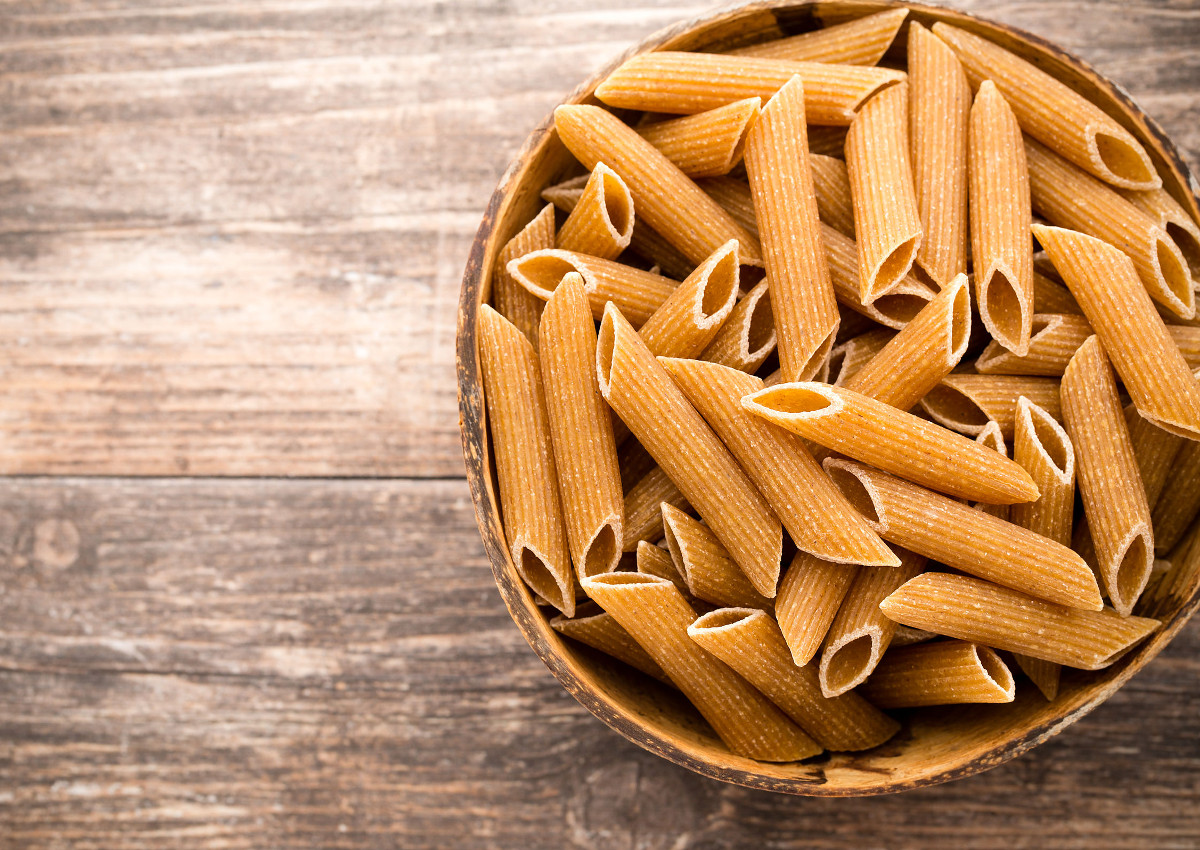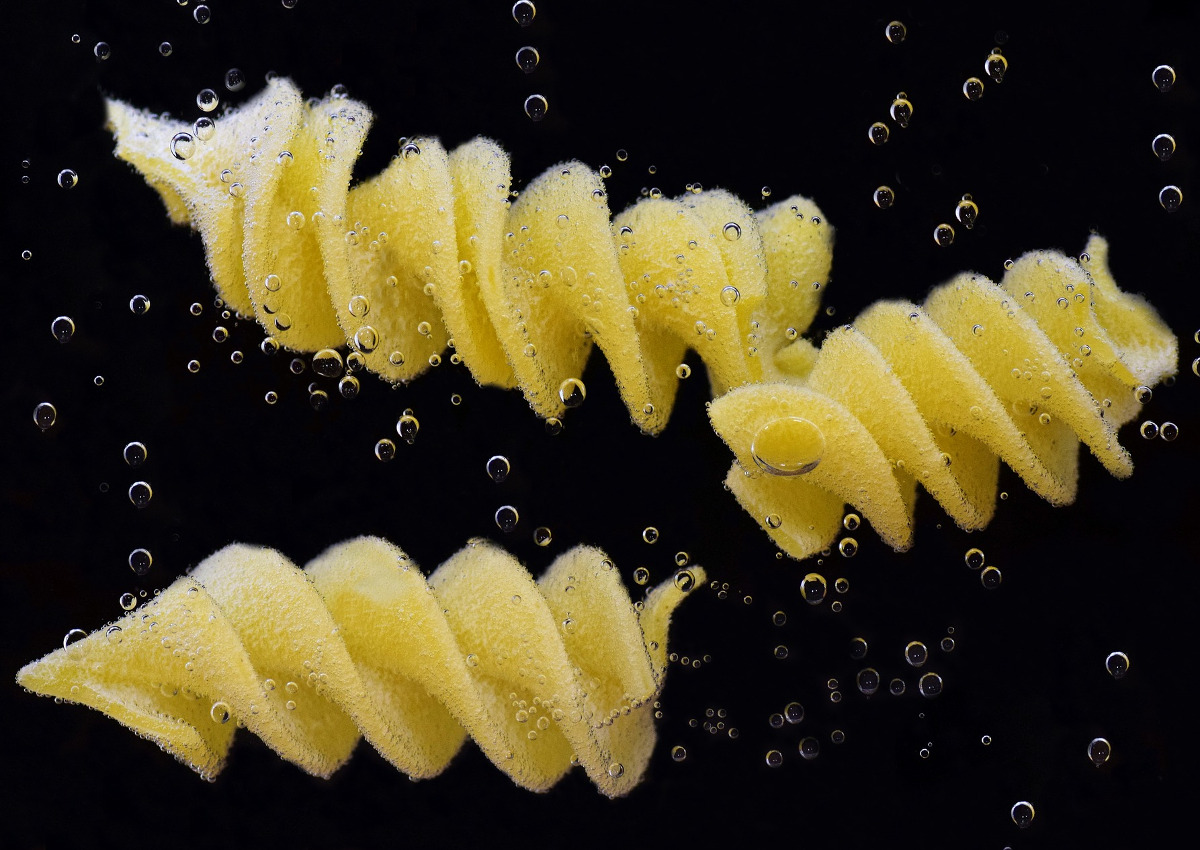Pasta is Italy’s record-breaking product, and Italy confirms once again its position as the world’s leading producer, consumer and exporter. Looking to the future, the sector remains one of the most strategic both for the domestic and foreign market. According to data processed by Unione Italiana Food, in 2018 Italian factories produced 3,370,000 tons of pasta (+0.3% compared to 2017), more than half of which were exported. Italy is still the top consumer country in the world, with 23 kg per capita.
ITALIAN PASTA EXPORTS DESTINATION COUNTRIES (2019)
| EU COUNTRIES | 63.8% |
| AMERICA | 14% |
| ASIA | 12.5% |
| OTHER EUROPEAN COUNTRIES | 6.3% |
| OCEANIA | 1.8% |
| AFRICA | 1.6% |
R&D IN THE SUPPLY CHAIN
Until three years ago, wholemeal pasta was an emerging trend and today consumption has doubled from 36% to 75% (source: Ismea 2019). But organic and special pasta of local origin are also becoming increasingly important. This is due to a growing effort in research and development by Italian factories in recent years. An average of 10% of the turnover is destined to R&D for a total of 500 million euros.
Click here to discover the authentic Italian pasta on Italianfood.net platform
ITALIAN PASTA EXPORT TRENDS (tons)
| Destination Markets | 2018 | 2019 | Var. % |
| European Union | 1,289,647 | 1,349,194 | +4.61% |
| Non-EU countries | 677,097 | 766,033 | +13.13% |
| Total | 1,966,744 | 2,155,227 | +9.58% |
WHEAT – PASTA SUPPLY CHAIN: THE 5-POINT MEMORANDUM OF UNDERSTANDING
In order to enhance the quality of Italian durum wheat semolina, a memorandum of understanding has been signed between the players in the Italian wheat – pasta supply chain to make the sector more competitive. Here are the five areas of intervention:
- Increasing the availability of national durum wheat of high quality that is produced in a sustainable way, to meet the needs of the milling and pasta industry;
- Encouraging and supporting virtuous agriculture, with production bonuses linked to the achievement of wheat quality standards and the characteristics of the production area;
- Progressively concentrating the supply of durum wheat and census the storage centres that are suitable for the preservation of high-quality wheat;
- Stimulate training, research and innovation in the Italian wheat-semolina supply chain;
- Promoting and defending the image of Italian pasta, guaranteeing its safety also through the computerized traceability of the various stages of the supply chain.


